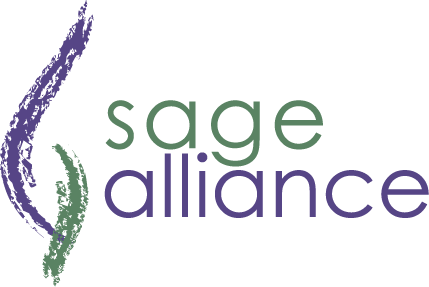Do you have employees that continually come to you whenever they hit a roadblock? When more than one employee does this, you become the problem solver for all the issues your team faces, whether large or small.
As the manager, you want to help your team overcome challenges and obstacles. However, when you provide the solution, time and time again, this trains them to come back the next time they face a challenge instead of figuring it out on their own.
Essentially, there are four elements for effectively assisting employees to generate sound alternatives and options:


1. Create a list of as many alternative courses of action as possible. The purpose is not to find the answer but to generate options. Your team may not initially have the answer, but your focus will be on generating some viable options through their continued brainstorming. Think of this as a free-form exploration and sharing of ideas. Oftentimes, a better alternative will present itself, but it may take time to get there.
At this stage, you help your employee develop as many options as possible to uncover different courses of action and the consequences of taking one action over another. Through brainstorming, you are not only coaching the employee to solve today’s problem, but you are empowering them to solve tomorrow’s problems as well.
2. Explore pros and cons of each option. Once you have discussed several options, help them determine which ones make sense, given the specific situation. Without a clear idea of what will and will not work, the employee will hesitate taking action. This alone will help the employee make better decisions now as they explore possible solutions to potential problems, and in the future to take ownership of the decision moving forward.
When you make the decision, or tell the employee what to do, you retain ownership. This continues the employee’s reliance on you and prevents them from developing in their role.
3. Rank options. This can help when there is no clear best option. Ranking helps you compare each option based on the identified areas of importance. It also enables the employee to identify which option will work well in the short term, and which will work in the long term. Many times, there will be a different option for each one. When this is clear, the employee will feel more confident in choosing a less desirable option if they know they can address any challenges with a long-term solution down the road.
4. Invest the time. Spend the necessary time brainstorming options before moving into solution mode. It takes practice to not immediately volunteer a solution, since you are wired to do just that. But don’t settle for quick fixes and avoid offering a solution. Instead, ask questions when an employee reaches a stumbling block and needs your help. This helps them solve tomorrow’s challenges today by equipping them with critical-thinking skills. You are helping them with a well-thought-out plan for how to solve not just the challenges they are currently facing, but those challenges that may present themselves tomorrow.
Here are some questions you can ask at this stage:
- What have you thought about or already tried?
- What do you think could work here?
- What are some options?
- What is the value of brainstorming some options together?
- What else can you do?
- What other options can you think of?
- What could you do differently?
- What is the craziest thing you could do?
- What would happen if you do nothing?
- What would help you feel more comfortable?
- What needs to be in place for you to be successful?
- That’s one option, what’s another?
- What are the pros and cons (of each option)?
- How do you want to prioritize these options?
- How do you want to rank these options?
- What option do you recommend?
Take a moment to visit HERE for a list of questions that will assist you at this stage in the coaching process.
SAGE Alliance, a Leadership Performance Company; provides executive coaching, team-building, industry leading assessments, workshops and speaking on topics including: building a high-performing team through coaching, developing and optimizing your top talent, delivering commanding communications, creating a lasting impression, making a greater impact through personal branding for executives and high-potentials – for both team and individual leaders.
Shelley Hammell, is the president, CEO and author of You Think You’re Coaching, But You’re Not! available HERE, and is available for book signings and speaking engagements.
